Happy Halloween!
Sarah here, this time to tell you all about the spookier side of island wildlife!
My favourite part of the natural world are the parasites and pathogens that make their living off of other creatures, but are also vital to ecosystems! As a Halloween treat, I’ve chosen five creepy creatures that we share the island with that are all integral to making Flat Holm such an amazing place.
Flesh eating beetles
You may have recently seen articles about our flesh-eating beetles on Flat Holm, Dermestes undulatus. No need to fear – these beetles don’t eat living humans. They’re actually essential ecosystem engineers, think of them like an island clean-up crew. They can break down skin, feathers and even fur! Dried out carcasses of gulls and rabbits might not be the favourite food for most of us, but these beetles can’t get enough. D. undulatus isn’t on its own on the clean-up crew either, we also have these incredible sexton beetles, who are specialists in the squishier side of the clean-up, preferring the fresher carcasses with a bit more meat on the bones.
Invasion of the body snatchers
This is the black slip wasp, one of the parasitic wasps that can be found on Flat Holm Island and one which I was lucky enough to see on my first visit! But what does parasitic mean? A parasite is an organism that lives on or in another organism of a different species (the host) and gains nutrients at the expense of the host. In this case, the black slip wasp is the parasite and lays its eggs inside of its caterpillar hosts (ever seen the Alien films?). To do this, female wasps have a potent venom that paralyses hosts and use their long ovipositor (the structure that looks like a stinger!) to inject the eggs inside the body of the caterpillar. A super weird fact about the black slip wasp is that the venom of the wasp prevents the host from maturing, keeping it as a caterpillar permanently! This allows more time for the larval wasps to hatch out and devour the caterpillar from the inside out – gross.
The black slip wasp is also a really valuable part of the ecosystem. Without these parasites, the caterpillar numbers would be much higher and would likely run out of their food plants. The wasps themselves are also prey for many of the amazing bird species on Flat Holm such as wheatears, swallows, and swifts.
Arachnophobia
We are so fortunate on Flat Holm to have 41 species of spiders! We also have a species found no-where else in Britain: Kryptonesticus eremita. This cave dwelling spider has likely come from mainland Europe and its presence in Smugglers cave on Flat Holm may be due to smugglers stowing goods from Europe in these caves. K. eremita has super long and hairy legs which are lightly an adaptation to finding their prey in the dark!
The idea of meeting this long-legged beasty in the dark might be enough to send shivers down your spine but spiders are so important to ecosystems: spiders control pest insect species, are important food for other animals, and some species of spider even pollinate plants.
Gigantic Gulls
We love our gulls on Flat Holm. Our island team works amazingly hard to make sure that our gulls have plenty of space for their nests and that they are routinely counted to ensure that their populations are healthy. Greater black-backed gulls (GBBG) are on the Amber list of conservation concern in the UK with only around 15,000 pairs left. On Flat Holm we have one pair of nesting greater black-back gulls.
With an average wing length of around 50cm and a body weight of 1.56kg, these gulls are pretty sizable – big enough to eat a rabbit WHOLE. My favourite gull-watching experience was seeing a GBBG land next to a young rabbit, grab it by the face and swallow it. Head. First. Another notable experience was watching a GBBG shake a Manx shearwater until it turned inside out. Gull watching is not for the faint of heart.
Bewitching Fungi
Our final frightful find on Flat Holm is this witches hat fungus! Also known as the blackening waxcap as it turns black as it ages. This fungus helps to break down plant material in its environment, oozing out digestive enzymes into the surrounding soil. These colourful fungi are amazing to see but are also super slimy!
All our wildlife on Flat Holm is valuable, no matter how gross, gruesome, or grisly, and you can help us to conserve it! To book a session for your school or community group about conservation and wildlife on Flat Holm drop me an email: Sarah.morgan5@cardiff.gov.uk
You can also follow us on Facebook @Flatholm, on Twitter @Flatholmers or on Instagram: @FlatHolmIsland.
A massive thank you to our funders at the National Lottery Heritage Fund and the National Lottery players, who make all our work possible.

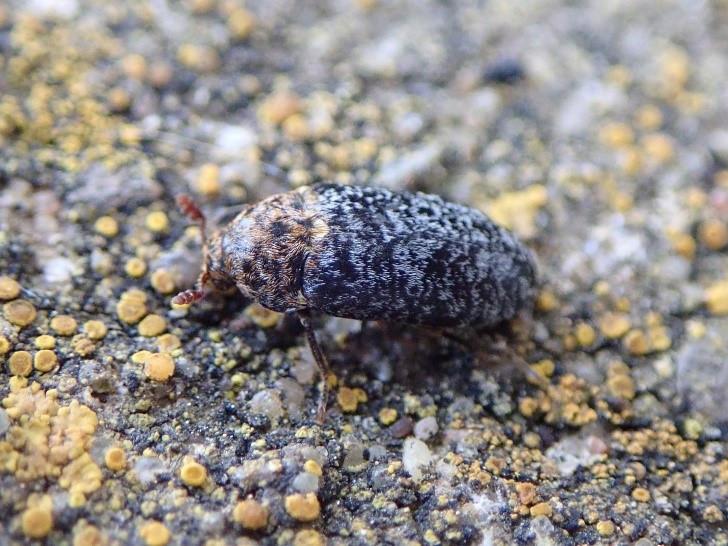
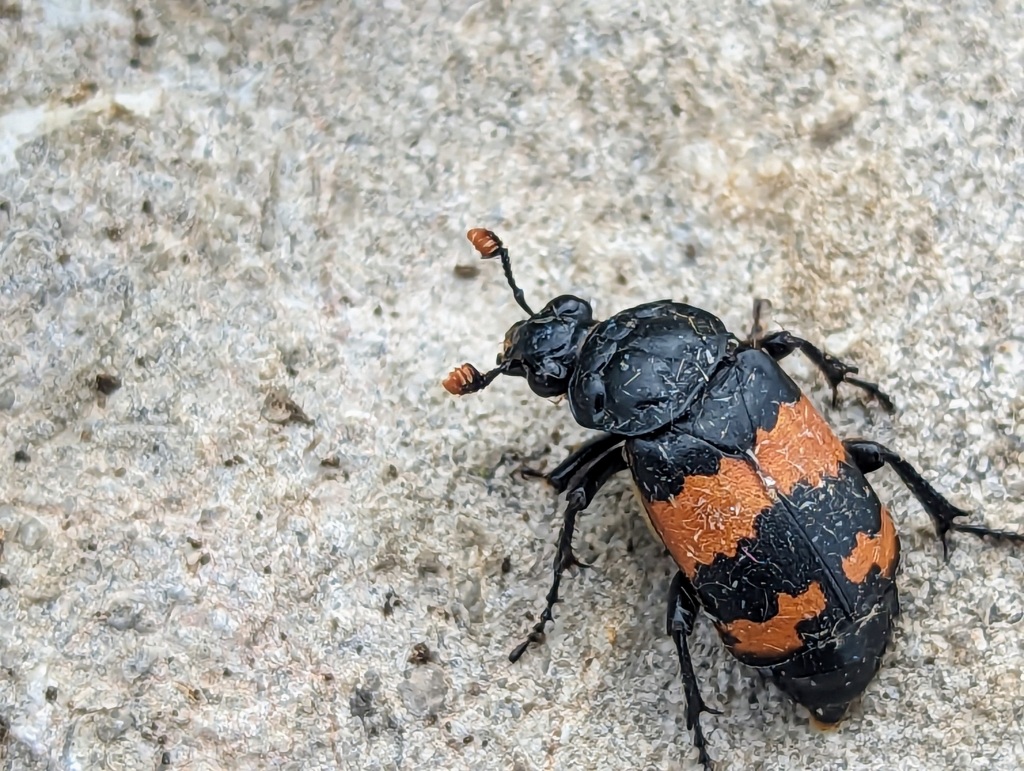
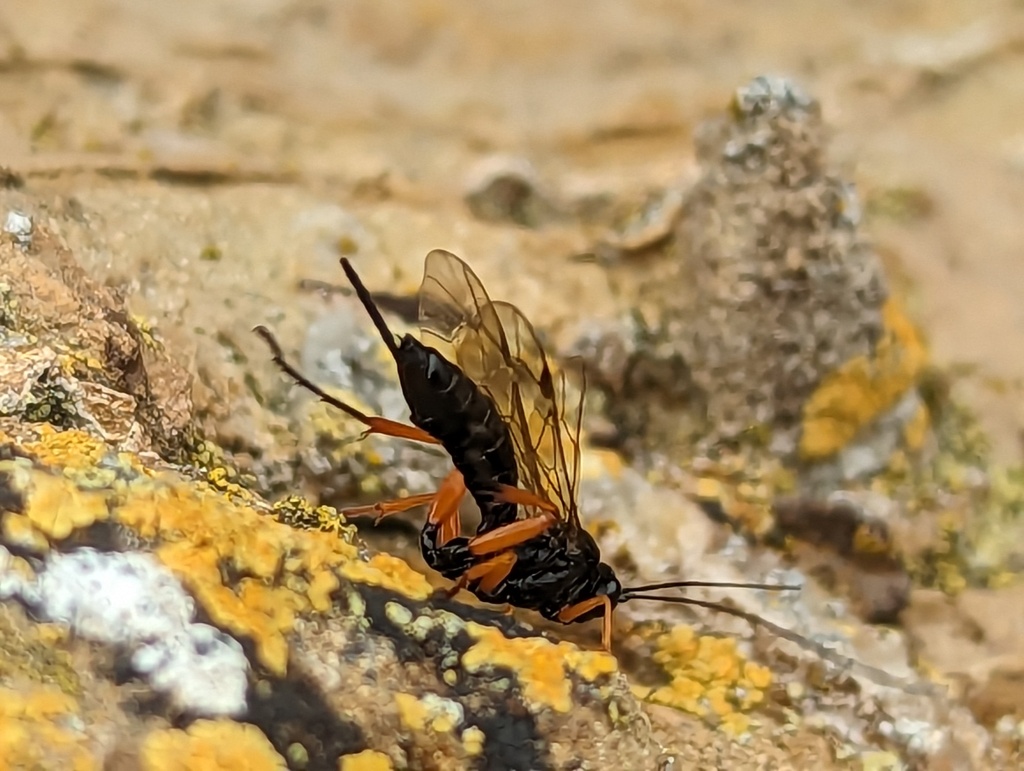
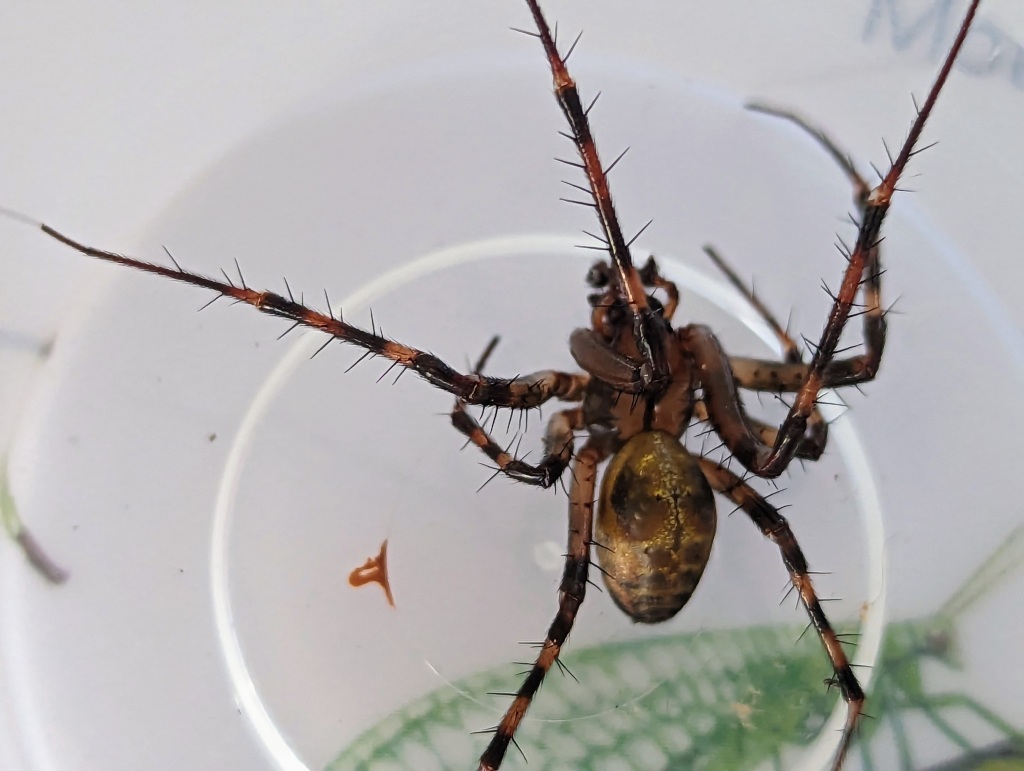

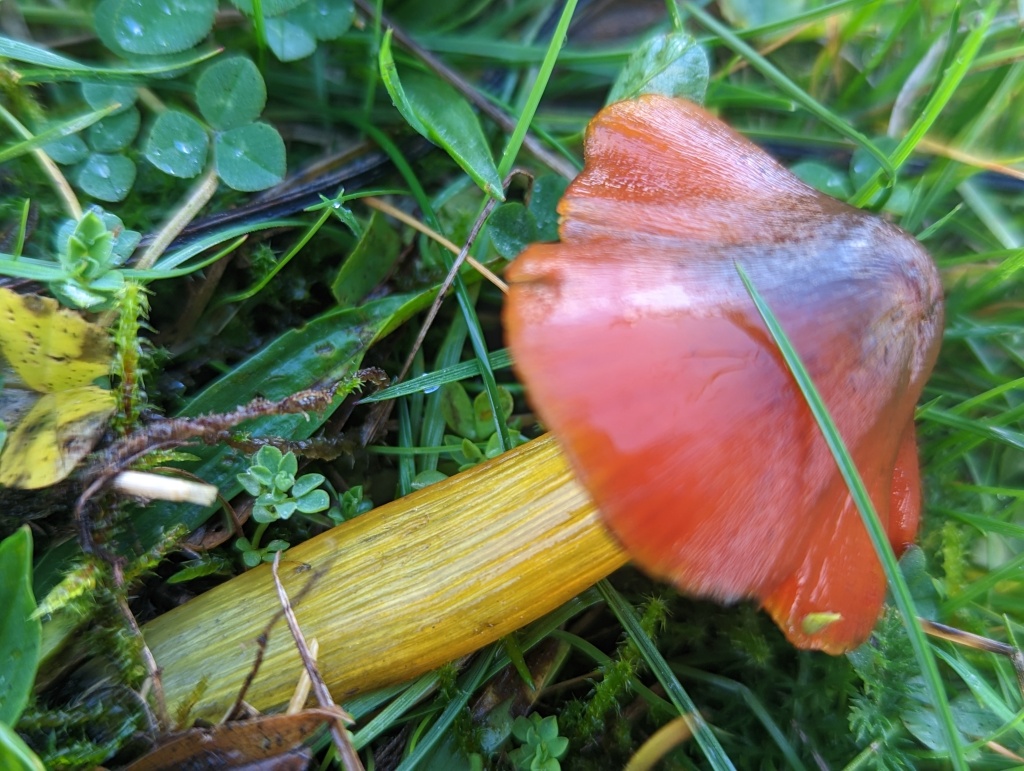
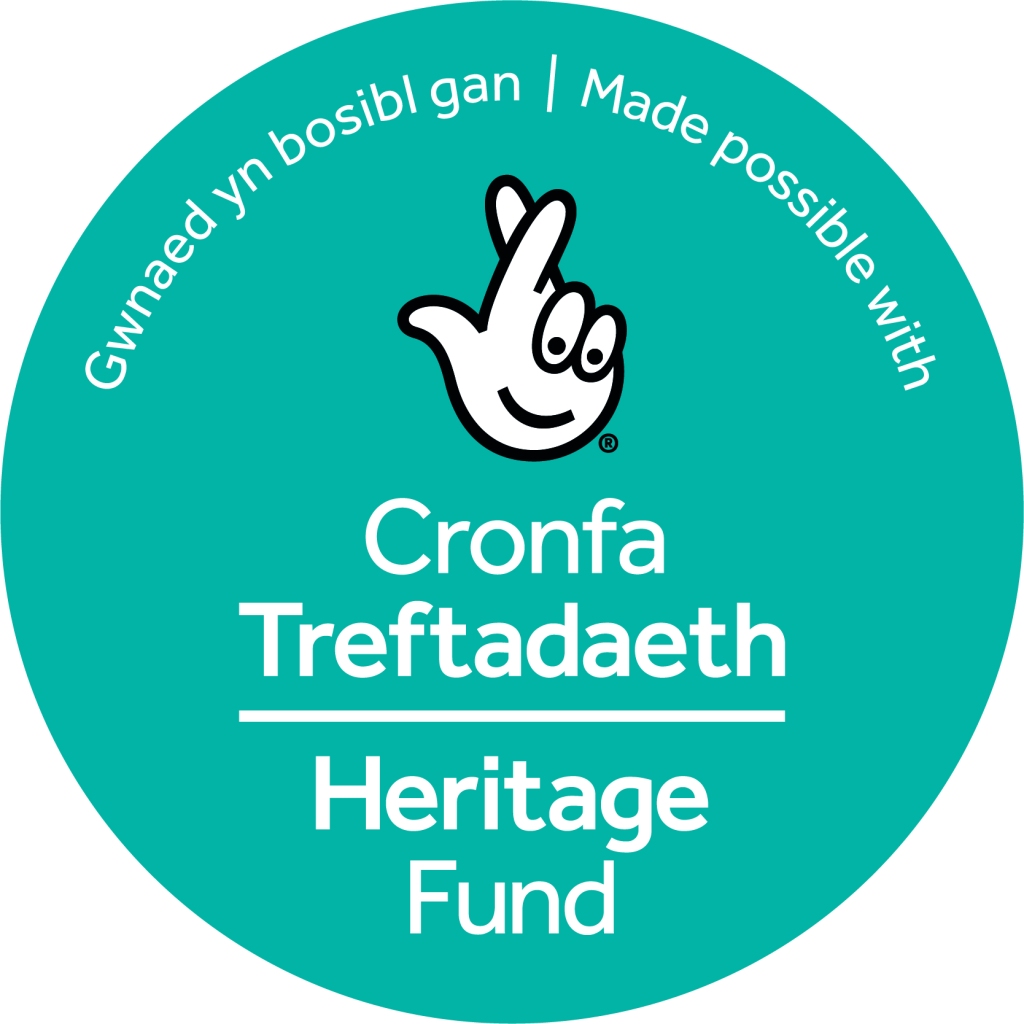
Leave a comment